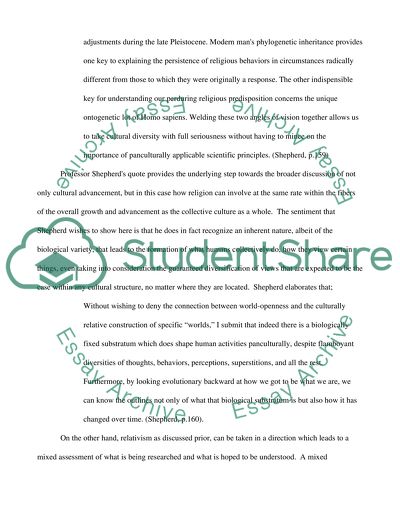Cite this document
(“Cultural Relativism Book Report/Review Example | Topics and Well Written Essays - 1500 words”, n.d.)
Retrieved from https://studentshare.org/miscellaneous/1499849-cultural-relativism
Retrieved from https://studentshare.org/miscellaneous/1499849-cultural-relativism
(Cultural Relativism Book Report/Review Example | Topics and Well Written Essays - 1500 Words)
https://studentshare.org/miscellaneous/1499849-cultural-relativism.
https://studentshare.org/miscellaneous/1499849-cultural-relativism.
“Cultural Relativism Book Report/Review Example | Topics and Well Written Essays - 1500 Words”, n.d. https://studentshare.org/miscellaneous/1499849-cultural-relativism.


